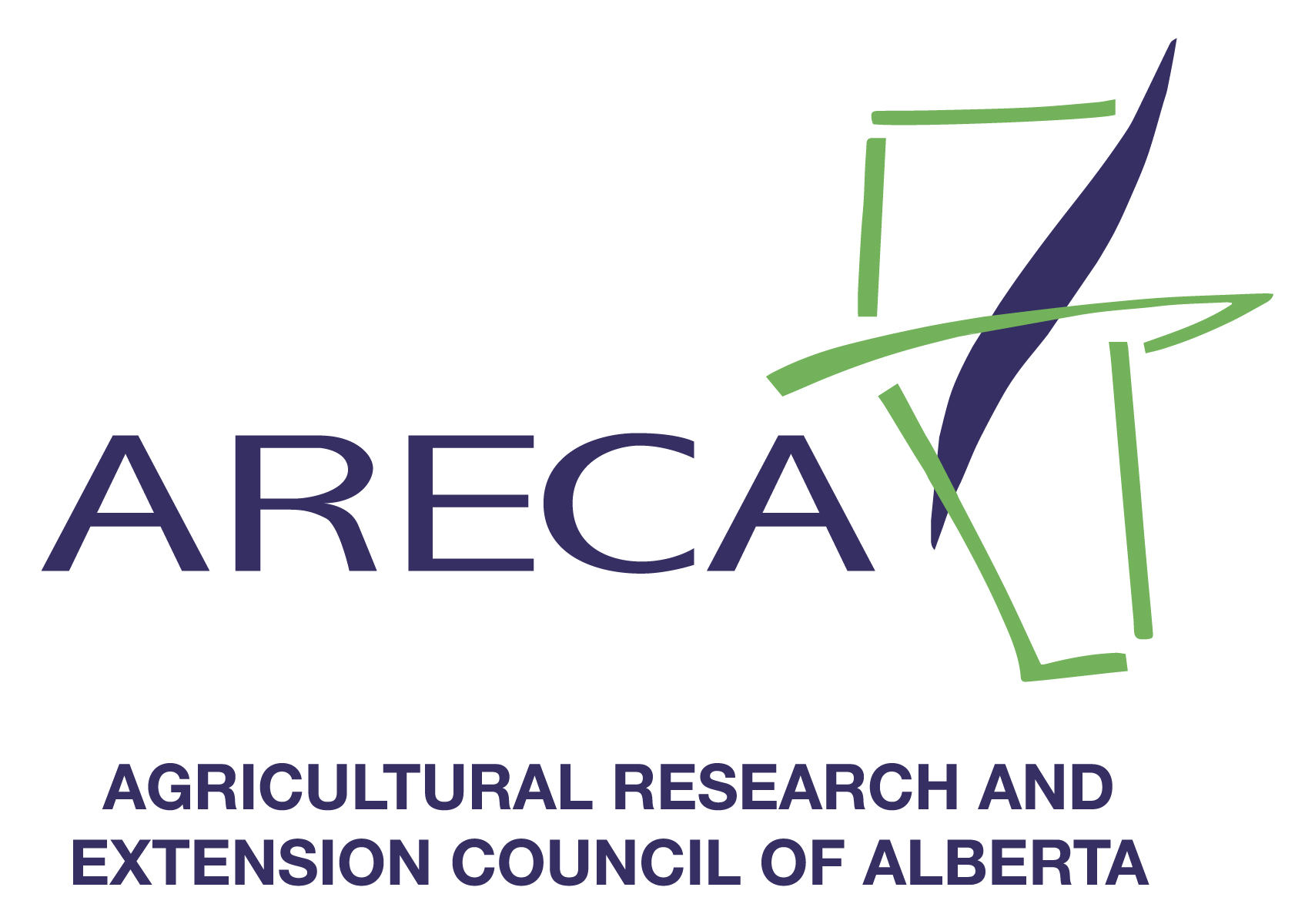If done properly, only one extra level of containment is necessary
Producers are becoming increasingly aware of the contamination risks fuel leaks can present to ground and surface water. A small leak of one drop per second, for example, can release about 900 litres (200 gallons) of gasoline into groundwater over the course of one year. Because of this, many are adding a second level of containment to their existing fuel storage infrastructure.
Double-walled tanks, berms and dikes are all considered acceptable structures for secondary containment. Generally speaking, only one extra level of protection, regardless of the structure being used, is necessary to ensure sufficient containment — if set up properly. For example, a double-walled tank does not require a berm.
There are some fundamentals to consider when installing secondary containment. The decision primarily comes down to sufficient capacity and protection of the structure being used.
Capacity — the 110 percent rule
In order for a double-walled tank, berm or dike to be a fully effective structure for secondary containment, it must include sufficient volume capacity to capture leaking petroleum in the worst possible circumstances.
This is why EFP technicians strongly recommend that a secondary containment contain 110 percent of the fuel capacity of the existing fuel tank. The containment area must be constructed of an impermeable material such as clay, concrete or a specially designed synthetic liner. This is to both contain the spill and prevent it from migrating into the ground.
By using this simple rule of thumb, the secondary containment structure can capture all of the fuel in the tank, if necessary, with enough room left over to allow for precipitation that hasn’t yet been removed or water from firefighting.
Protection of structures
Secondary containment should be guarded against developing leaks as well. For this reason, the recommended practice is to protect outside walls with barriers in order to prevent equipment from puncturing them.
In an open-air type secondary containment such as a berm or dike, any precipitation that has been collected in the area must be routinely emptied. If the area is left to fill with rainwater, the overall capacity of the containment is reduced. If there is a concern that the rainwater has been contaminated due to small leaks or drips, use a hydrocarbon absorbent before disposing of the water.
Available Assistance
Information and assistance on secondary containment, as well as a number of other on-farm environmental practices, is available through a strong network of EFP Technicians throughout the province.
This article may be reprinted with the credit: Alberta Environmental Farm Plan
For more how-to fact sheets or other information, visit www.albertaEFP.com.



 Initiative
Initiative